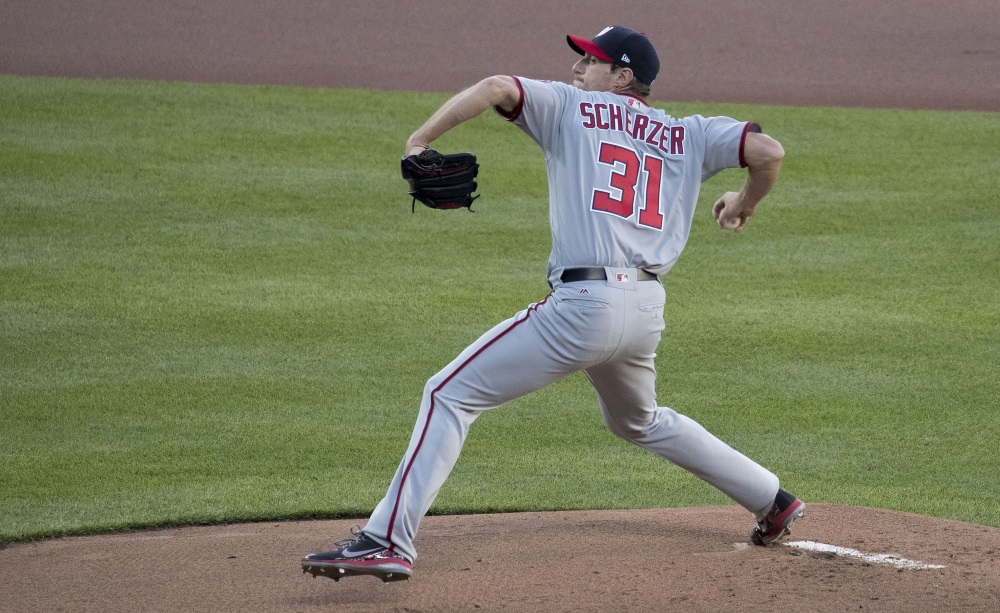The American League’s All-Star Roster Has More Talent
The National League has won more games than the American League this season in interleague play, but you wouldn’t know it by looking at our individual leaderboards. The top seven position players by WAR this season reside in the American League and 10 of the best 11 — as long as Manny Machado remains in the AL — also play in that league. The parity when it come to interleague record is more likely a function of the National League’s relative parity, while the American League is very top and bottom heavy. The best teams in the AL can only do so much, as the bulk of the NL overwhelms the bottom-feeders in the opposite league.
As for the All-Star rosters, they more closely resemble the leaderboards. The graph below shows the WAR totals for every player on the All-Star Game roster, including those on the active roster but excluding those who have been replaced due to injury or a Sunday start.

Last year, both leagues featured a collective WAR similar to the NL’s mark this season, though the AL was missing Mike Trout. This year, Trout is back and acting like himself, while Mookie Betts and Jose Ramirez seem to be acting a lot like Trout, as well. If we removed the top three players from each roster, the collective WAR totals would be pretty close. That said, the All-Star Game would be also be less entertaining.




